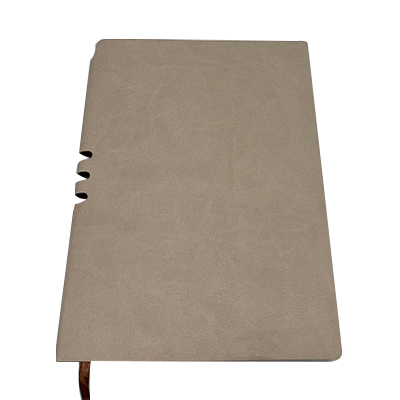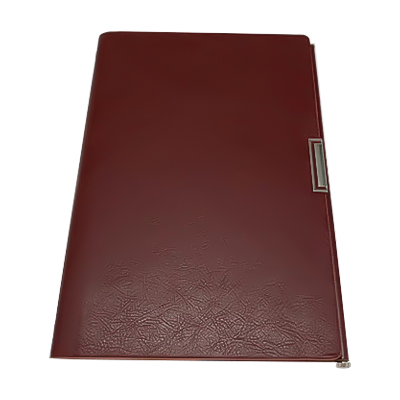Paper packaging offers a range of environmental benefits when compared to plastic, making it a popular choice for businesses and consumers looking to reduce their ecological footprint. With growing concerns about plastic waste and its impact on ecosystems, the shift toward sustainable paper packaging is a key element in promoting environmental conservation.
1. Biodegradability and Compostability
One of the most significant environmental advantages of paper packaging is its biodegradability. Unlike plastic, which can take hundreds of years to break down, paper decomposes naturally within a few weeks to months. This reduces the amount of waste that ends up in landfills and oceans, where plastic contributes to environmental pollution.
Many types of paper packaging, especially those made from uncoated or untreated paper, are also compostable. This means they can be added to compost piles, breaking down into organic matter that enriches the soil, further reducing their environmental impact. The quick degradation of paper reduces the pressure on waste management systems and minimizes the likelihood of harming wildlife, which often ingest or become entangled in plastic debris.
2. Renewable Resources
Paper is derived from trees, a renewable resource that can be sustainably managed through responsible forestry practices. Unlike plastic, which is typically produced from fossil fuels like petroleum, paper comes from a naturally replenishable source. This makes paper packaging a more sustainable option in terms of raw material sourcing.
Many paper packaging manufacturers use wood from certified forests where trees are replanted after harvesting, ensuring that forest ecosystems remain intact. Additionally, the growing use of recycled paper further reduces the demand for virgin timber and decreases the energy consumption associated with paper production.
3. Lower Carbon Footprint
The production process for paper packaging generally has a lower carbon footprint compared to plastic. While both materials require energy to manufacture, plastic production relies heavily on fossil fuels, contributing to higher greenhouse gas emissions. The extraction, refining, and transportation of petroleum all add to plastic's environmental toll.
On the other hand, paper production, particularly when using recycled fibers, tends to consume less energy and produce fewer carbon emissions. Advances in manufacturing techniques, including the use of renewable energy sources in paper mills, have further reduced the carbon footprint of paper packaging. Choosing paper packaging helps reduce the overall impact on climate change by supporting more energy-efficient production methods.
4. Recyclability
Paper is one of the most widely recycled materials, with many communities having robust recycling programs in place for paper products. Recycling paper packaging helps conserve resources, reduce waste, and lower the demand for virgin paper. When properly sorted and processed, paper can be recycled multiple times, turning into new packaging products or other paper-based goods.
In contrast, plastic recycling is often less efficient and more complex due to the wide variety of plastic types and the contamination that can occur during the recycling process. Even when recycled, plastics often degrade in quality, limiting the number of times they can be reused. Paper, on the other hand, retains its recyclability for a longer period, making it a more sustainable option.
5. Reduction in Microplastics
Plastic packaging contributes to the growing problem of microplastic pollution. Over time, plastic products break down into tiny particles called microplastics, which are difficult to remove from the environment and can be harmful to wildlife and even humans. Microplastics have been found in oceans, rivers, soil, and even the air we breathe, raising concerns about their long-term effects on ecosystems and health.
Paper packaging does not pose this risk. As it decomposes naturally, paper breaks down into organic matter without leaving behind harmful microfragments. By switching to paper packaging, businesses and consumers can help reduce the accumulation of microplastics in the environment, contributing to cleaner ecosystems and a healthier planet.
6. Versatility in Sustainable Design
Paper packaging offers versatility in terms of design, which can further enhance its sustainability. Many types of paper packaging can be made from recycled materials, reducing the need for virgin resources. Additionally, innovations such as water-based inks and biodegradable coatings allow businesses to create attractive, functional packaging without compromising eco-friendliness.
Brands can also design paper packaging to be lightweight yet sturdy, reducing the amount of material used while still providing protection for products. This reduction in material usage not only minimizes waste but also lowers transportation costs and emissions, as lighter packaging leads to less fuel consumption during shipping.

 English
English Deutsch
Deutsch Français
Français Español
Español русский
русский عربى
عربى





